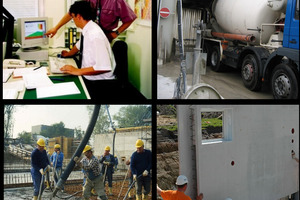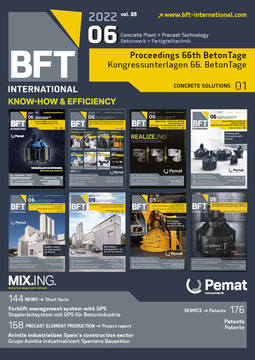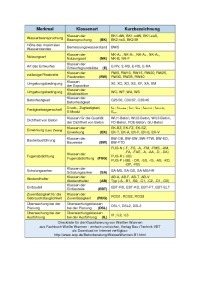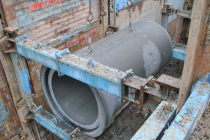The new generation of DIN 1045 standards –
Guides to optimizing quality in concrete construction
The guidelines and standards currently applicable to concrete construction consider the individual processes (design, concrete and execution of the construction work) in separate standards. They are linked in just a few points, such as compressive strength or exposure classes. In addition, all construction tasks are treated equally in the standards, that is, no distinction is made between different levels of complexity. However, a consistently reliable level of quality in concrete construction can be ensured less and less with “one-size-fits-all” standards. Rather, it is necessary to differentiate between designs of different complexity, but also with regard to processes requiring different levels of sophistication in design, concrete technology and execution of the construction work. For this purpose, the concept of concrete construction quality classes has been integrated in an interlinked new series of DIN 1045 standards. They will be used to primarily define, in varying intensity, the quality assurance measures required to achieve an identical level of quality based on complexity (N = normal, E = increased, S = special).
This concerns in particular the interfaces between the individual areas of responsibility. No special measures are usually necessary for simpler construction tasks, for example, in standard building construction. For more complex tasks, on the other hand, as is often the case in civil engineering, close coordination (communication) between the parties involved is mandatory, in addition to individual additional technical regulations. It is especially at the interfaces between design, construction material and execution of the construction work that weak points and related deficiencies have often been found in the past. Continuous coordination is required as early as the design stage on the one hand, and during execution on the other. Since the level of complexity can result from all three areas (design, concrete, execution), the concrete construction quality class is defined by the highest-ranking class (N = normal, E = increased, S = special) from the three areas of responsibility: design, concrete and execution (PK = design class, BK = concrete class, AK = execution class).








